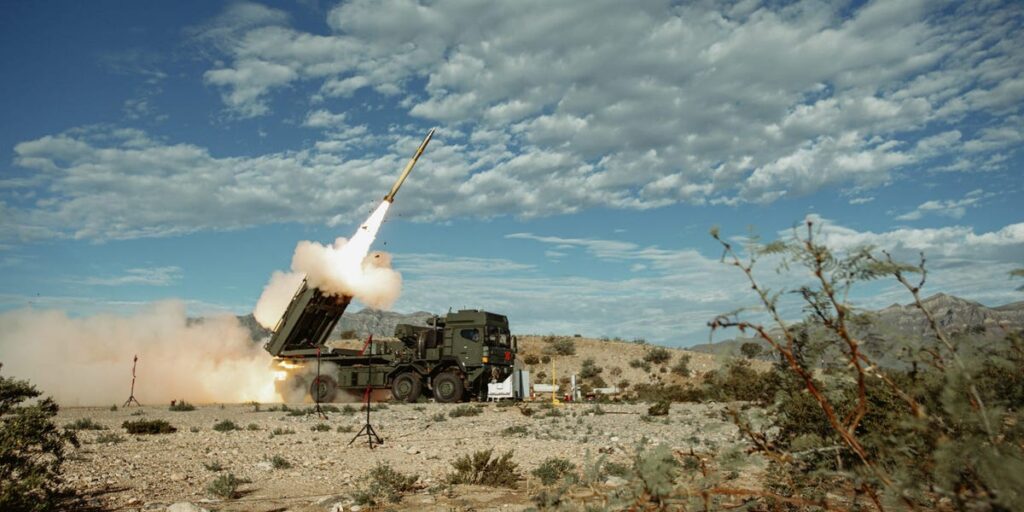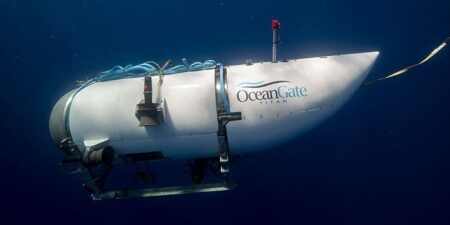A new rocket system designed by the US and its allies and boasting a ton of firepower was just test-fired for the first time.
The Global Mobile Artillery Rocket System (GMARS) can launch twice as many munitions as the M142 High Mobility Artillery Rocket System.
On Monday, Lockheed Martin announced the successful first live fire of the GMARS at the White Sands Missile Range in New Mexico. The system fired Guided Multiple Launch Rocket System (GMLRS) rockets, which are precision-guided munitions used by the US Army, as well as allies and partners.
GMARS is designed to be a versatile long-range precision fire launcher that can work with existing US and allied platforms, including HIMARS, Lockheed Martin said in a statement. It can carry two Army Tactical Missile Systems (ATACMS), four Precision Strike Missiles (PrSMs), and 12 regular GMLRS or the extended range versions, all developed by Lockheed Martin.
That loadout gives the GMARS a range of potential firing options and doubles what the celebrated HIMARS can carry. ATACMS boast a maximum range of 190 miles, while PrSM, the weapon’s planned replacement, can strike targets out to 310 miles. GMLRS, as a kind of rocket artillery rather than a tactical missile, has a more limited range at 43 miles. The extended range variant goes out to 93 miles.
These precision-guided munitions operate with guidance systems like GPS, sensors, and laser guidance, which allow them to zero in on specific targets. Long-range precision fires like these are a top priority for the Army amid its sweeping transformation initiative announced earlier this year, in which US Defense Secretary Pete Hegseth said the Army needed to field long-range missiles that can strike land and maritime targets by 2027.
The PrSM plays an important role in these initiatives. In June, for instance, the Army tested the new missile, which can be used flexibly against land and sea targets, against a moving maritime target.
The Army has also explored flexible HIMARS employment for fast strikes at greater ranges. Other critical long-range fires efforts center on the new Mid-Range Capability, or Typhon.
Ongoing conflicts, like Russia’s war in Ukraine and conflicts in the Middle East, have demonstrated to the Army a need for these systems.
In its statement on the recent test-firing, Lockheed Martin said the GMARS is based on German defense company Rheinmetall’s HX series of tactical military trucks and supports improved interoperability — the ability to work together — between US and allied launchers and munitions, particularly in Europe.
Better interoperability between systems has become a forefront want from the Army and its international allies and partners. Last month, Gen. Christopher Donahue, commanding general of US Army Europe and Africa, said the Army wanted more commonality between its systems and those of its allies, particularly for long-range fires and air defenses.
“Right now, there are many nations that if they buy a platform and another nation buys that platform, they’re not interoperable because of that lack of common operating system,” Donahue said at the LANDEURO Conference in Germany.
“We want it to be one system optionally manned,” he added, “and we want to be able to take munitions from any country and shoot through that.”
Similarly, modularity, meaning they can be reconfigured with different hardware and software depending on mission objectives, combat environments, enemy countermeasures, and individual soldier or personnel demands, is a top priority.
Read the full article here
















